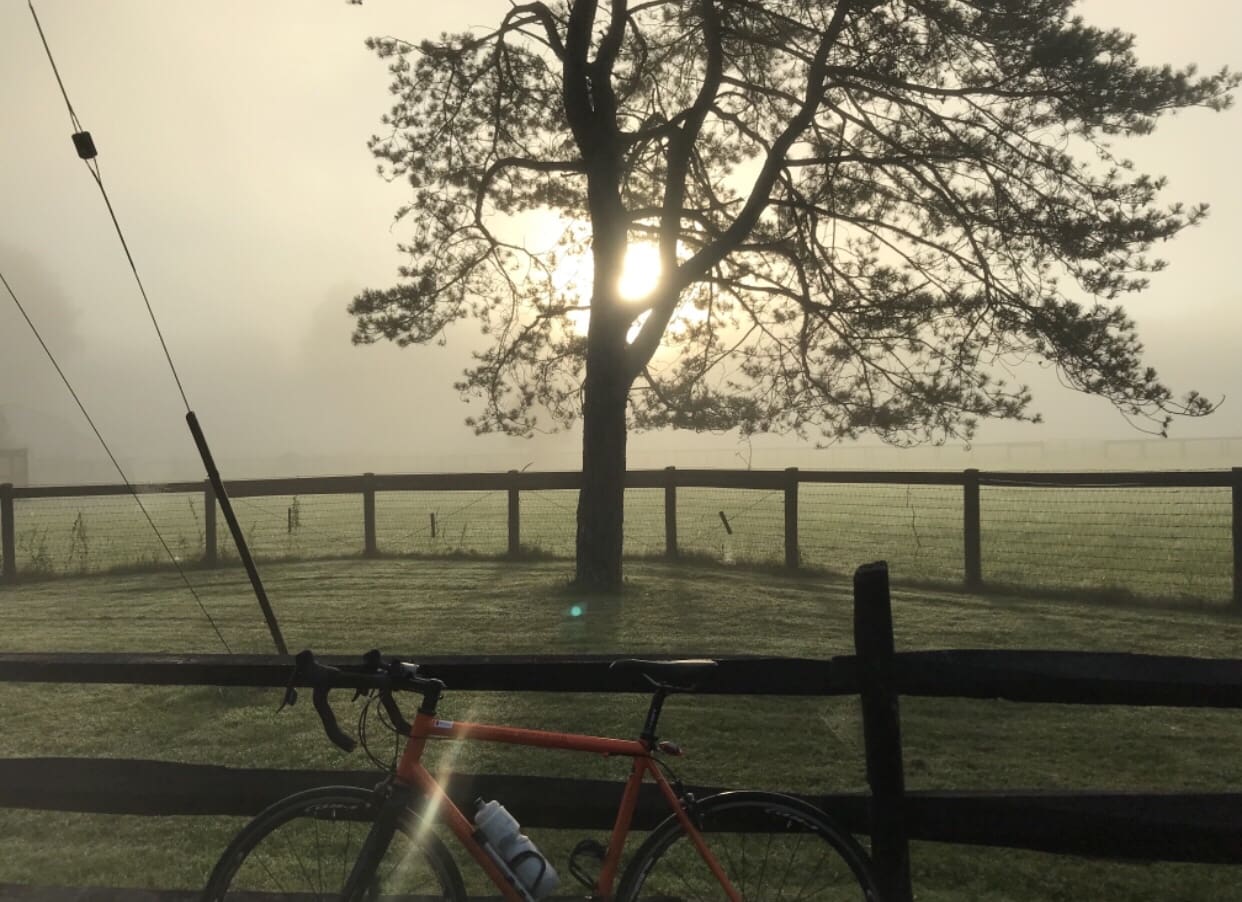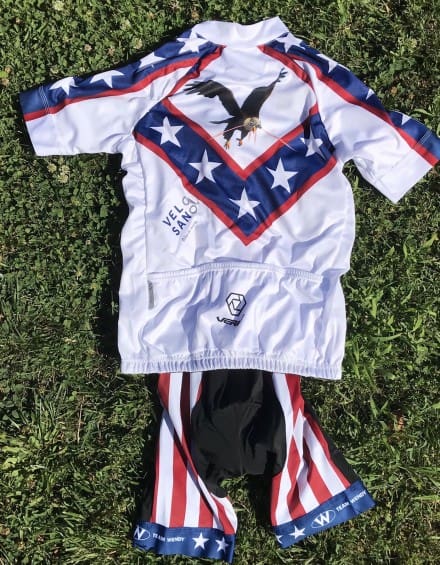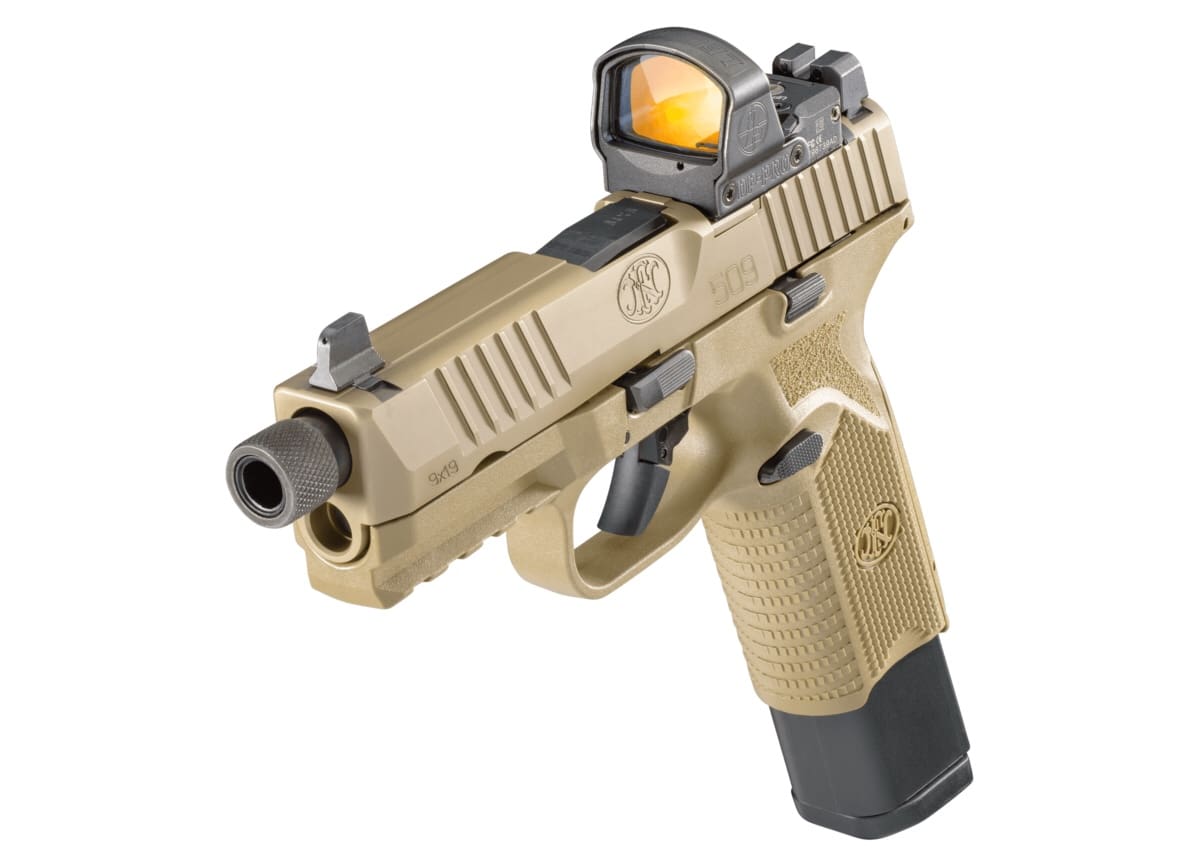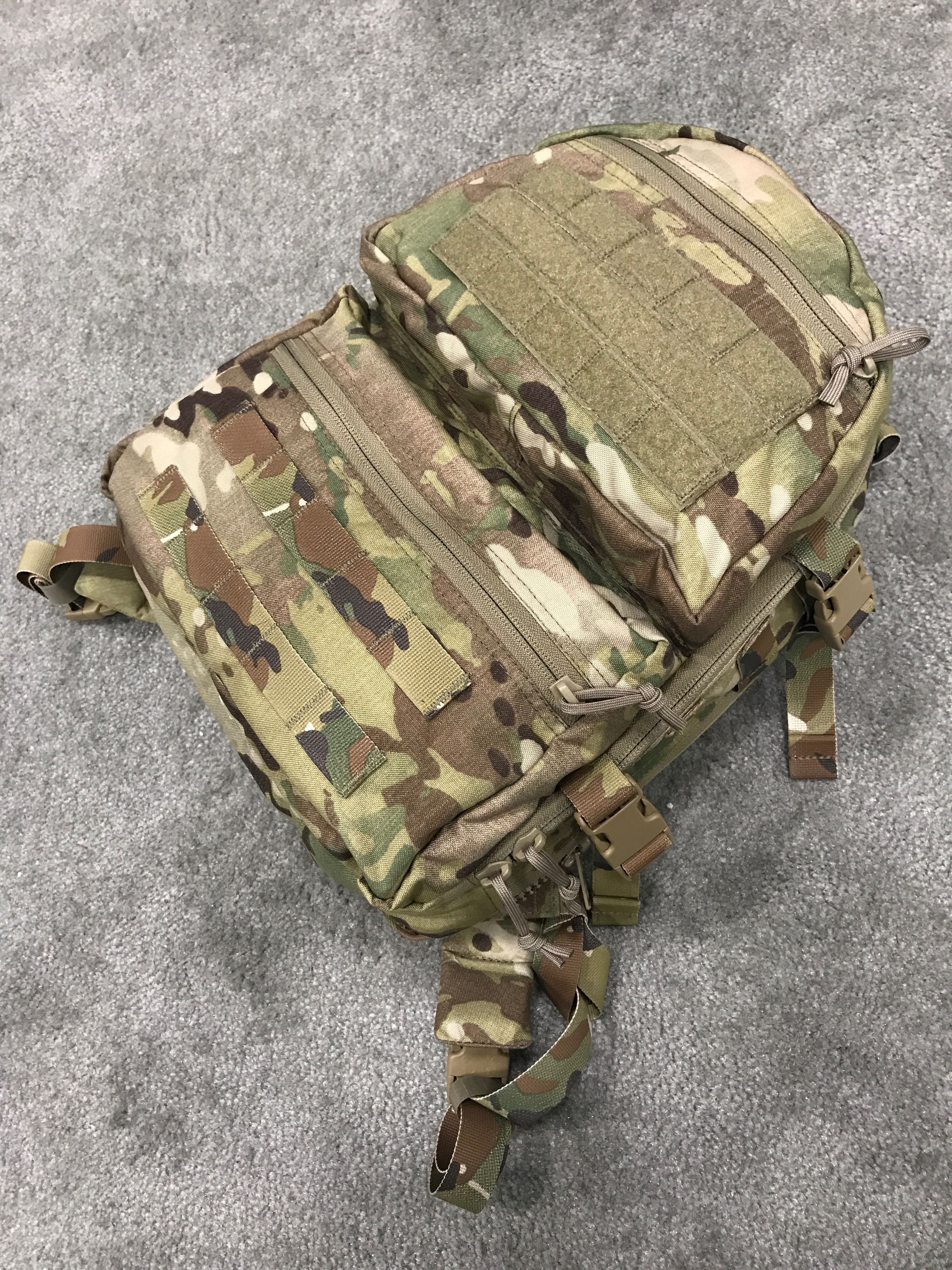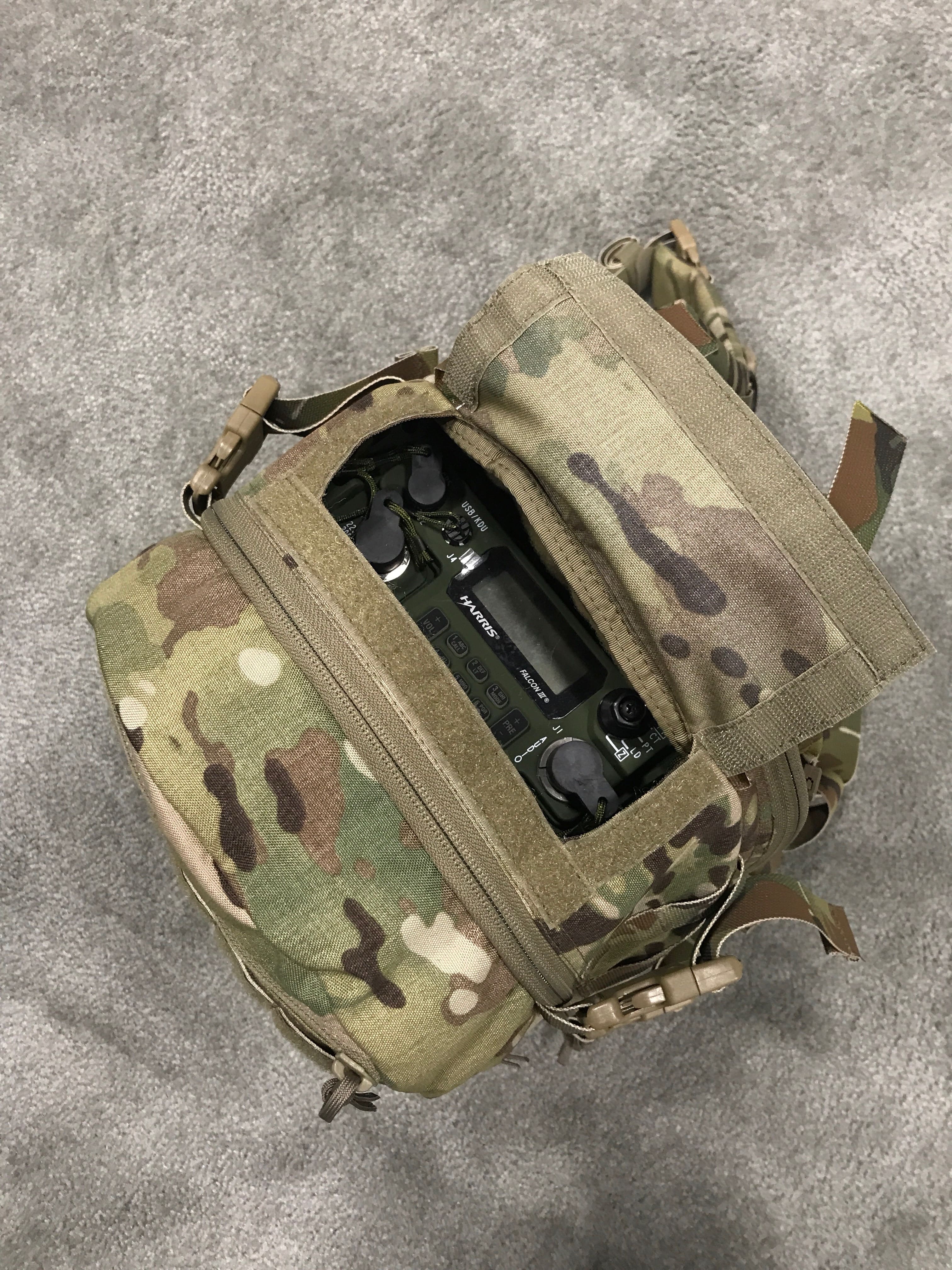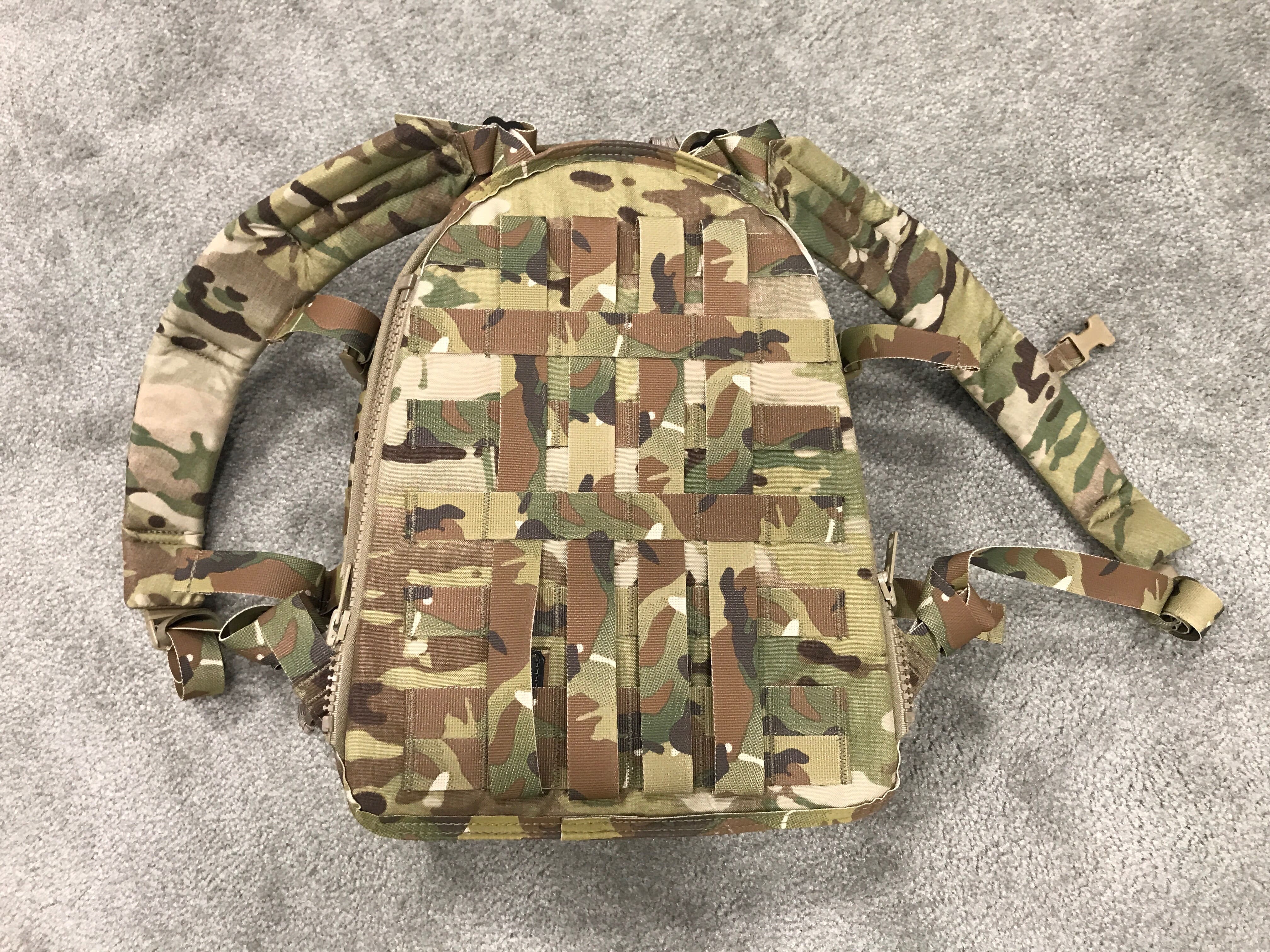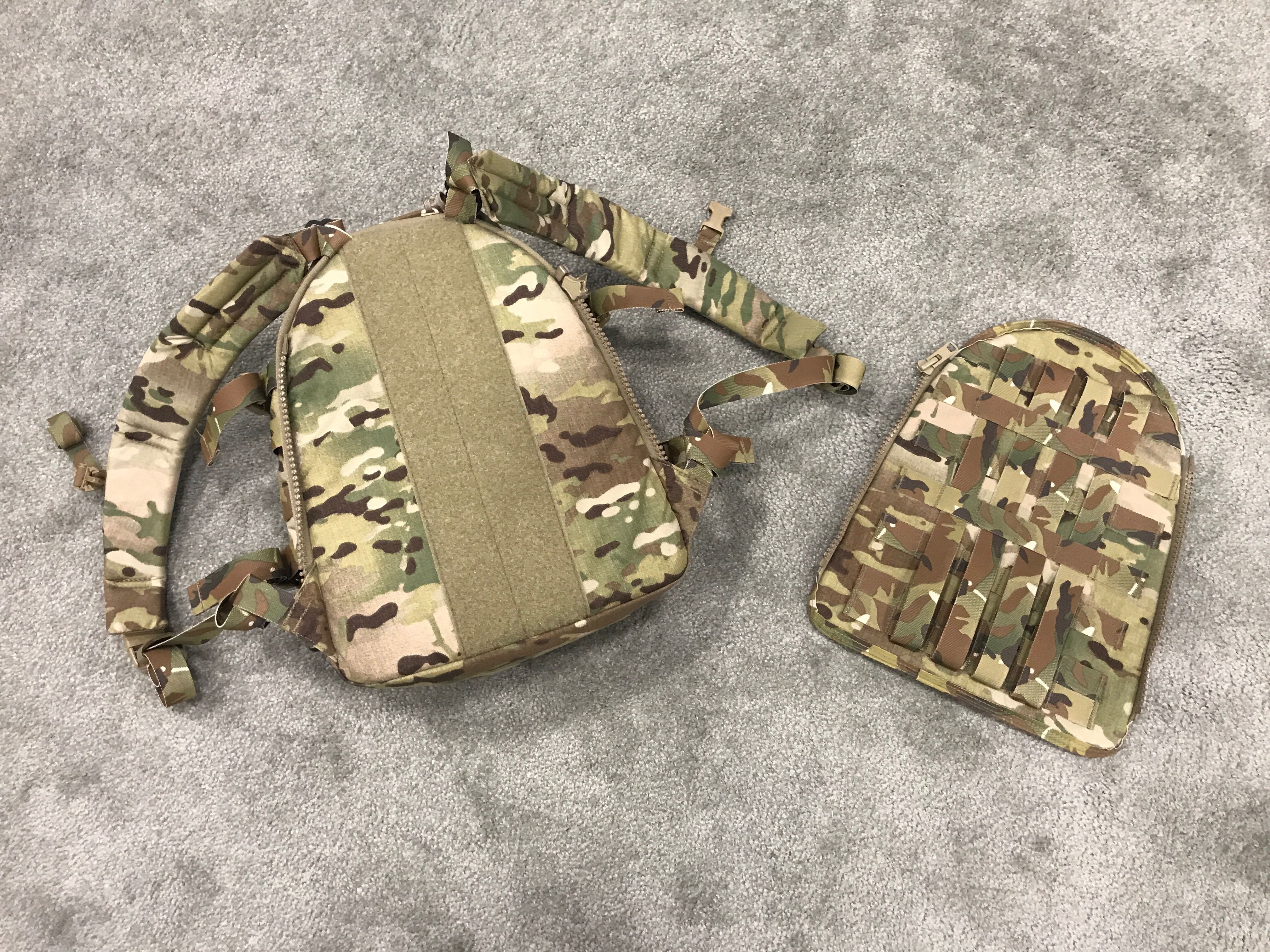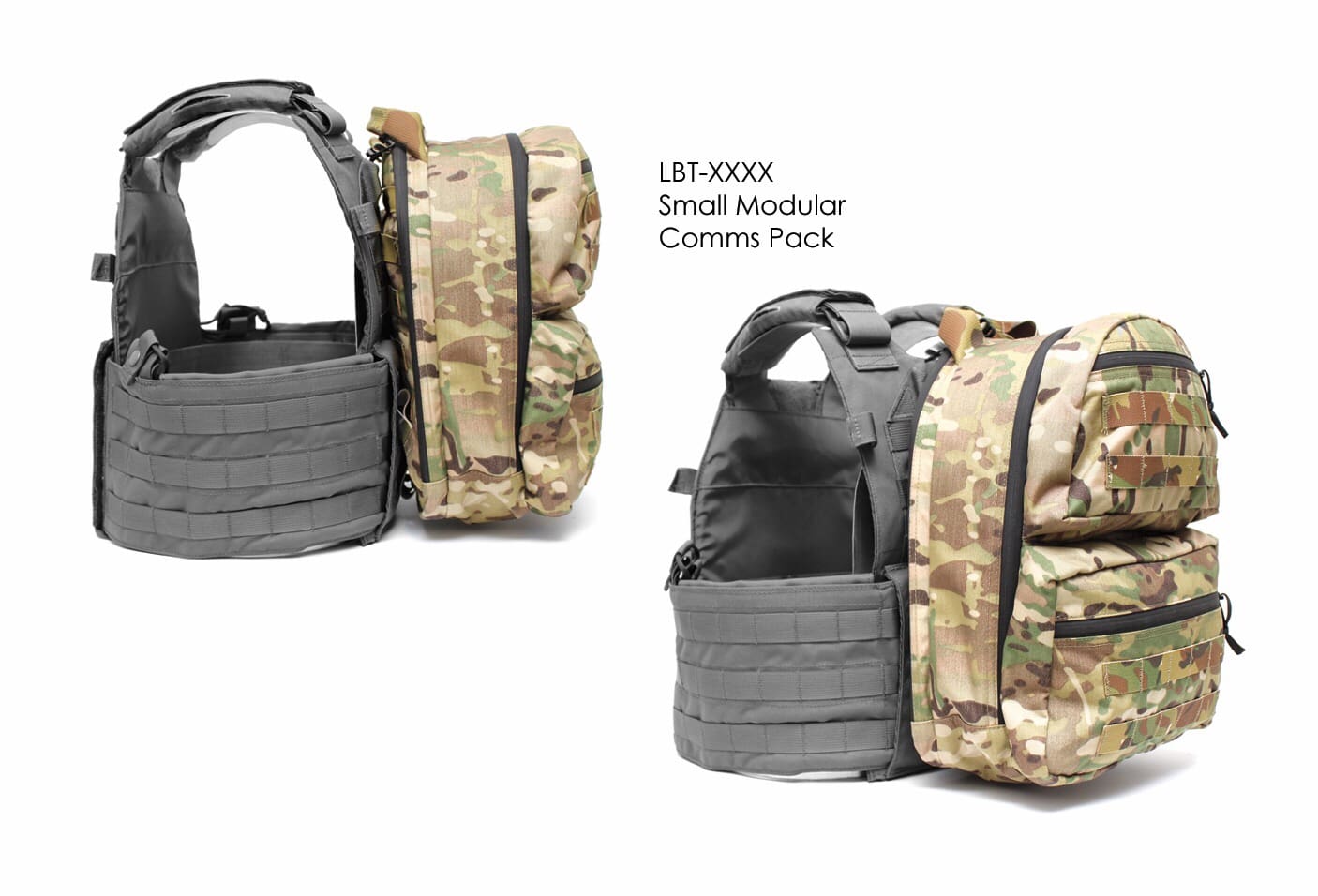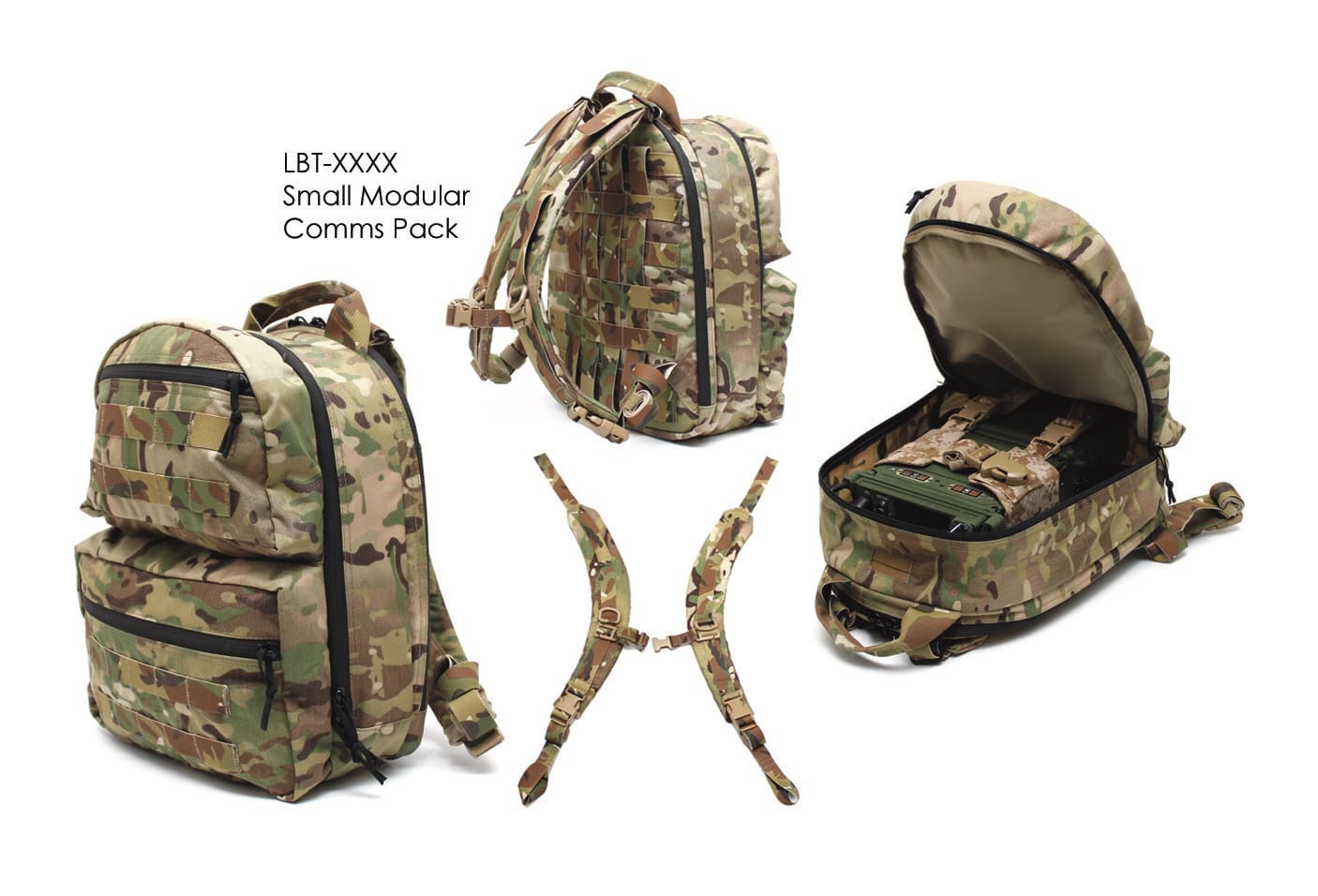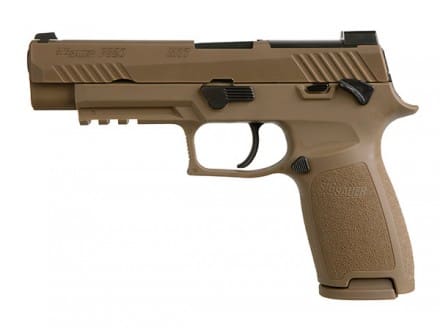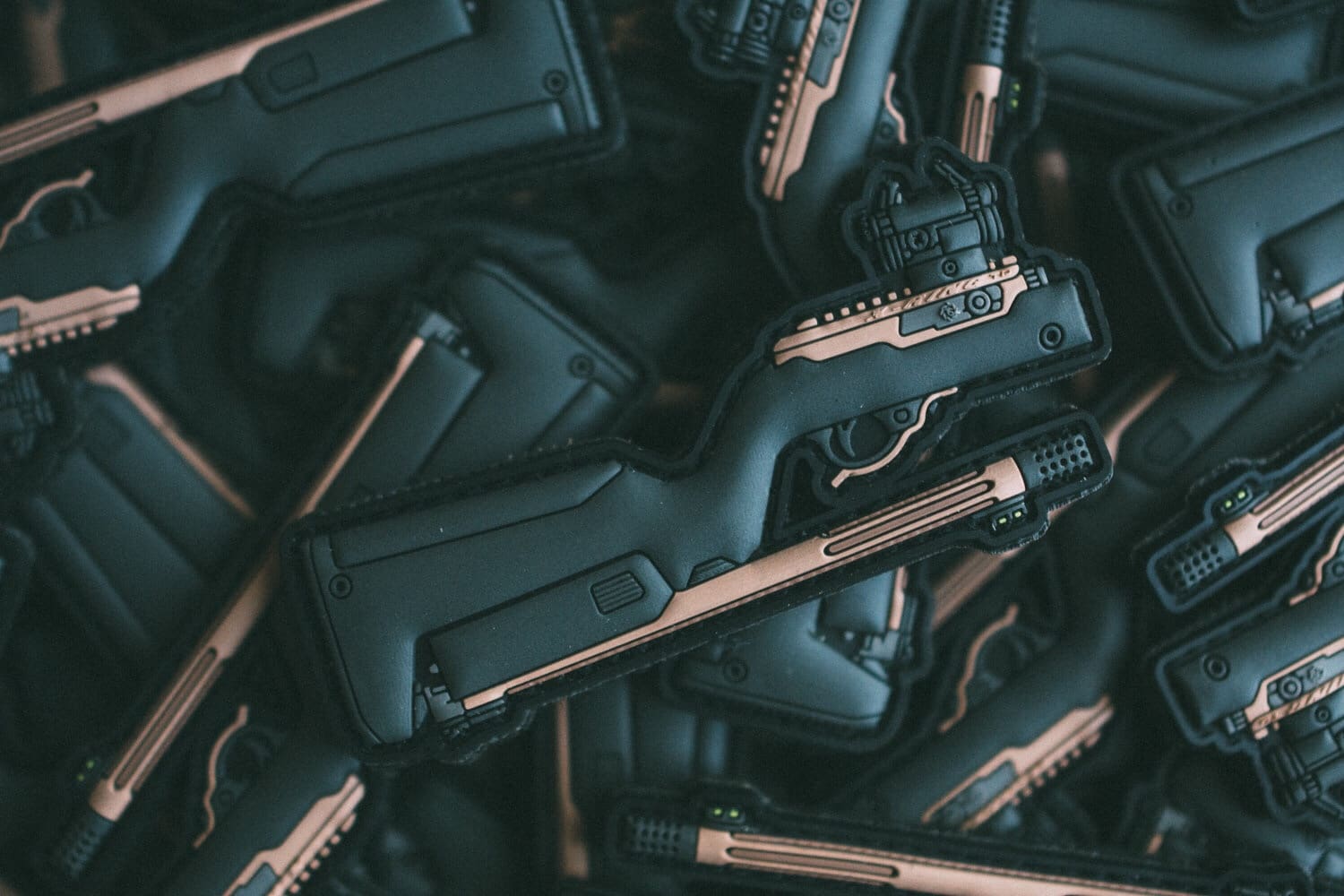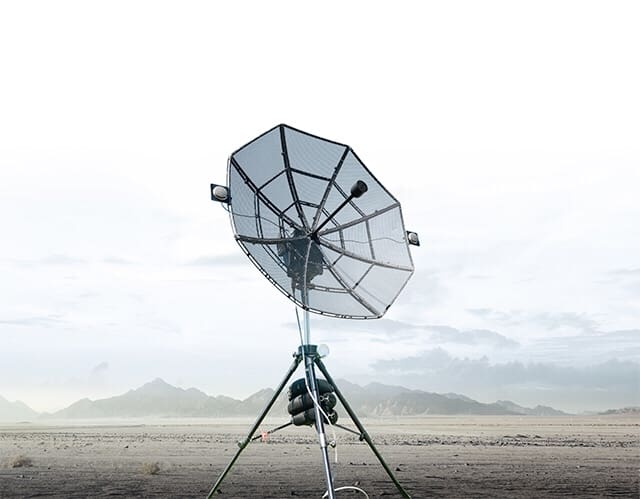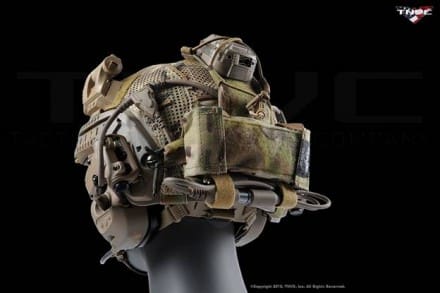
In the short time since the release of the original Generation 1 Mohawk Counterweight and Storage systems, the Mohawk has been a runaway hit with military, LE, and civilian night vision users alike. Rather than resting on our laurels however, we’ve continued to improve upon the original Mohawk design and listened to user feedback, and we are now proud to announce the launch of the Generation 2 Mohawk Counterweight/Storage system.
Designed by TNVC staff and incorporating operator feedback as well as our staff’s own battlefield experience, we designed the Mohawk Gen. 2 to be a highly functional, modular accessory for all modern warriors. It provides useful storage and retention of mission-essential gear and will attach to any currently-fielded ballistic or bump helmet with Velcro.
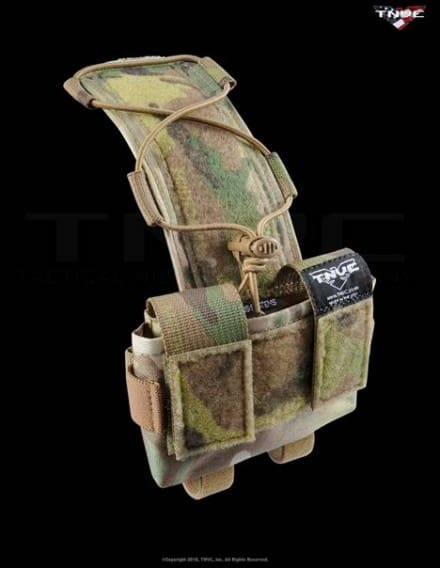
Manufactured in the U.S. by Spiritus Systems, the Gen. 2 Mohawk is 100% Berry compliant, and is now constructed out of a much lighter weight 500D Cordura Nylon without giving up any of the functionality or features of the 1000D Generation 1 design. The Gen. 2 Mohawk also feature fully color and pattern matched Velcro loop fastener, even in patterns such as Multicam Aridä, Multicam Blackä, and Multicam Tropicä to provide an uninterrupted surface pattern. We’ve also introduced the highly requested Ranger Green colorway to the Mohawk line, replacing the Olive Drab of the Gen. 1 design.

Like the Gen. 1 Mohawk, the Gen. 2 Mohawk comes in three models:
· Mohawk MK1—Counterweight pouch with four user-configurable lead weights to adjust the counterweight from 4 ounces to a full pound, as well as a removable battery storage tray, perfect for almost any NVG system from the AN/PVS-14 to dual-tube systems like the AN/PVS-15, TNV/Sentinel, DTNVG, and more
tnvc.com/shop/tnvc-mohawk-mk1-gen2-counterweight
· Mohawk MK2—For use with systems utilizing the ANVIS Low Profile Battery Pack (LPBP), Adams Industries Ground Warrior Battery Pack, or L-3 Cold Weather/GPNVG/FGS battery pack
tnvc.com/shop/tnvc-mohawk-mk2-gen2-anvisagw-battery-pack-counterweight
· Mohawk MK3—Compact remote battery pack storage for systems utilizing the L-3 BNVD battery pack such as the AN/PVS-31A
tnvc.com/shop/tnvc-mohawk-mk3-gen2-anpvs-31-battery-box-counterweight
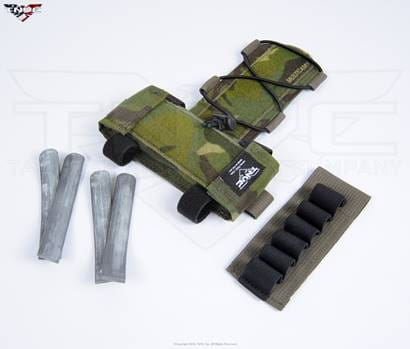
Mohawk MK1 Gen. 2
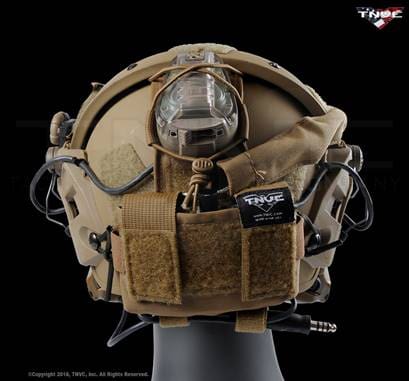
Mohawk MK2 Gen. 2
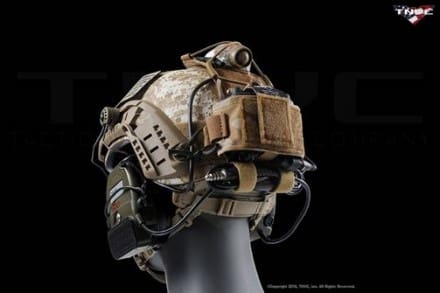
Mohawk MK3 Gen. 2
The Mohawk Gen. 2 offers all of the great features that made the original Mohawk a hit, including the vertically-oriented Mohawk strip, which is the centerpiece of the design, featuring a Velcro pile surface that accepts attachment of all currently issued / fielded signal strobe devices. The continuous pile strip allows for precise placement of the device on the rear or top of the helmet while providing enough room for attaching a blast sensor device. The adjustable shock cord net provides secondary retention for the devices while not limiting access to their controls. The shock cord net also provides excellent storage for a SOF-T tourniquet for those not using an IR strobe.
The Gen. 2 also features extended cable management loops for communications downleads, as well as a cord lock retainer to prevent the retention bungee from shifting or hanging loose when mounted. The Mohawk also features multiple loops for ready access to spare batteries, as well as secondary retention tie-down points for additional stability and security.
The Generation 2 Mohawks are on sale now at $79 for all versions.
We are also running a clearance sale on all remaining stocks of the Generation 1 Mohawk while supplies last, with MK1 Gen. 1s and MK2 Gen. 1s priced at $59, and $69 for the MK3 Gen. 1.
tnvc.com/shop/category/sale



